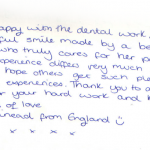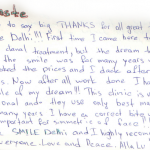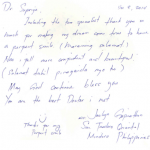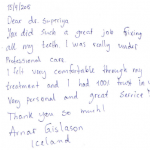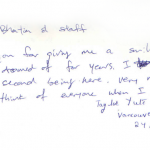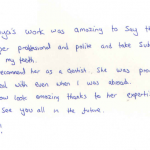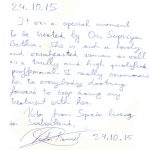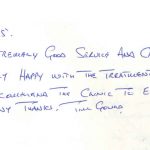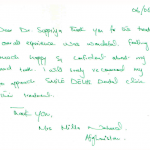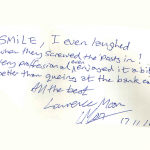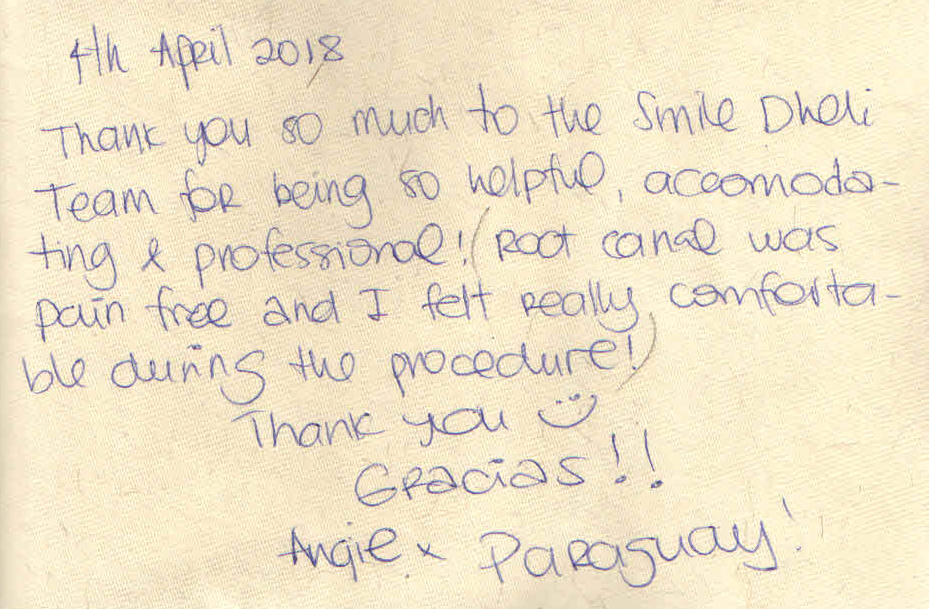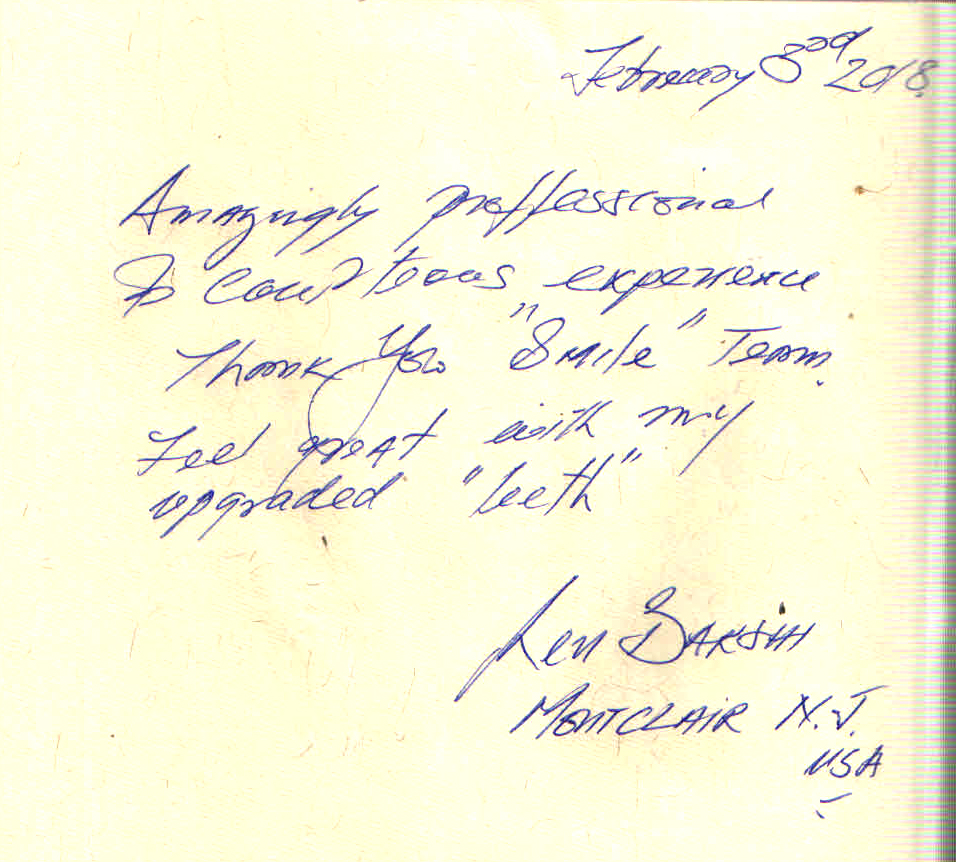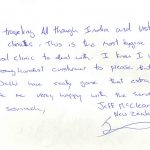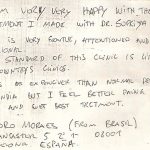Why Root Canal In Kids?
The pulp of a tooth is the inside soft tissue or “nerve” of the tooth as it is the innermost layer of the tooth. The pulp contains nerves, blood vessels, connective tissue and reparative cells which work to channel vital nutrients and oxygen.
When the nerve or pulp tissue of a milk or permanent tooth is infected, it needs to be treated to prevent a dental abscess and loss of the tooth.
The purpose of pulp therapy in pediatric dentistry is to maintain the vitality of the affected tooth so the tooth can be maintained until the correct time for normal tooth loss (exfoliation).
If your child’s milk tooth has extensive decay, or has been damaged by trauma, action may be needed to restore the integrity of the tooth and prevent infection from spreading to surrounding teeth.
After a set of X-rays are taken, your dentist will be able to assess the extent of the infection and recommend one of two options, a pulpotomy or a pulpectomy. These two methods are used for treating infected dental nerve tissue and these procedures are recommended usually for milk (baby) teeth.
There are several ways in which pulp can be damaged. But most commonly in children, cavities (caries) and traumatic injury are the main reasons for a tooth to require pulp therapy as it leads to painful pulp exposure and inflammation.
Pulp therapy can be performed for both milk (baby) teeth and permanent teeth. Though milk teeth are eventually shed, they are needed for speech production, proper chewing, and to guide the proper alignment and spacing of permanent teeth.
Dentists in Delhi and dentists in india, are constantly explaining the need for maintaining the integrity and health of milk teeth to parents. Premature loss of milk teeth can cause a number of undesirable consequences including loss of arch length, insufficient space for erupting permanent teeth and mesial tipping of the permanent teeth especially molars adjacent to lost molar milk tooth. The main objective of pulp therapy in the primary dentition (milk teeth) is to treat, restore, and retain every milk tooth as a fully functional component of the dental arch to allow for proper mastication, phonation, swallowing, preservation of the space required for eruption of permanent teeth and prevention of detrimental psychological effects due to tooth loss. Thus these procedures are being done regulary in children in dental clinics in Delhi and dental clinics in India.
To fulfill this major goal, vital pulp therapy through pulpotomy, this refers to the removal of the entire inflamed pulp (blood vessels and nerve) in the crown portion only and not removing any tissue within the root, leaving the vital pulp in the root intact within the canals. It is the most widely accepted technique for treating milk teeth with irreversible inflammation affecting the pulp chamber.
However, in cases of irreversibly inflamed and necrotic canals of the root, a successful pulpotomy cannot be achieved, and a partial or total pulpectomy is indicated. Pulpectomy refers to the total removal of all the pulp tissue within the crown and root of the tooth, but not sealed. This is the first part or root canal therapy followed by shaping and filling the canals.
Some of the undesirable consequences of prematurely extracted/missing teeth are listed below:
- Arch length may shorten
- In the case of milk tooth loss, permanent teeth may lack sufficient space to emerge
- Opposing teeth may grow in a protruding or undesirable way
- Premolars may become painfully impacted
- Remaining teeth may “move” to fill the gap
- The tongue may posture abnormally
Signs to look for:
- Constant unexplained pain
- Nighttime pain
- Sensitivity to warm and cool food temperatures
- Swelling or redness around the affected tooth
- Unexpected looseness or mobility of the affected tooth
What is a dental PULPOTOMY?
A pulpotomy is the partial removal of the diseased pulp tissue from a tooth. Pulp is the soft tissue inside the crown and roots of teeth containing nerves and blood vessels.
Pulpotomies are usually done on teeth that have decay extend into the pulp and no extension of infection into the root canals or outside the tooth. Meaning if the pulp root remains unaffected by injury or decay and the problem is isolated in the pulp tip, the dentist may leave the healthy part alone and only remove the affected pulp and surrounding tooth decay.
All the infected material above the canals within the crown portion of the tooth is removed; leaving the living tooth root intact as it is restricted to the dental pulp located inside the dental crown and does not involve removing any tissue from the roots of the tooth. A pulpotomy is undertaken when an infection of the pulp occurs, usually due to tooth decay.
After a pulpotomy on a baby tooth, the resulting gap is then filled with a biocompatible, therapeutic material, which prevents infection and soothes or calms the remaining nerve tissue, and then a stainless steel crown will be placed to restore the tooth and to provide completed support and protection, minimizing the risk of future fractures.
It can be performed as a standalone treatment on milk teeth and growing permanent teeth, or as the initial step in a full root canal treatment.
This is usually performed on children with developing teeth or adults as a quick emergency visit.
Pulpotomy is not a permanent treatment. It is usually a quick emergency temporary relief measure to relieve pain.
It is primary done with baby teeth or adult teeth which have not formed their root structures. The purpose with milk teeth is to allow the baby tooth to remain in place until it’s time to fall out.
When the dental pulp became infected or affected, and the crown portion of the pulp lost its vitality, while the root portion is still vital/alive. Amputation of the crown portion and treatment of the remaining root portion should preserve the vitality of the remaining pulp tissue.
So that it is considered “vital pulp therapy”, as the remaining pulp tissue is still vital.
Treatment Objectives for the Pulptomy
- Amputate the infected pulp of the crown
- Neutralize any residual infectious process
- Preserve the vitality of the pulp of the root
Indications for the Pulpotomy
- Cariously exposed milk teeth, when preservation of the milk tooth is needed and is more advantageous than extraction until the permanent tooth erupts
- When inflammation is confined to the crown portion of the pulp
- It is also performed on adult teeth to decrease pain quickly until a root canal can be done
Contraindications for the Pulpotomy
- fistula or swelling
- the tooth crown is non restorable
- absent hemorrhage; profuse hemorrhage
- marked tenderness to percussion
- mobility
- radiolucency exists in the furcal or periradicular areas
- spontaneous pain, especially at night
- necrotic pulp
- dystrophic calcification (pulp stones)
Dentists in Delhi are counseling parents regularly on the importance of the protecting the milk teeth and explaining the importance of the nerve treatment called pulpotomy. Infact pulpotomy is a very routine procedure in the dental clinics in Delhi.
What is a PULPECTOMY?
The full meaning of pulpectomy is to cut the pulp out of a tooth.
If the infection involves tissue in both the tooth crown and the tooth root, a pulpectomy may be the best option. Pulpectomy is required when the entire pulp is involved (including the crown and tooth root). In a pulpetcomy, all the diseased, infected or dead pulp tissue is completely removed from both the crown and root. Then the pulp chamber and the canals are thoroughly cleaned, disinfected and medicated. Then the tooth and tooth roots are filled with a suitable material to maintain the tooth in a non – infected state.
A pulpectomy is a non vital technique. It is a partial root canal.
Pulpectomy is done as an emergency procedure in permanent teeth to relieve pain and is the first step in root canal therapy.
An adult pulpectomy will need a completed root canal followed by a reinforced filling and ultimately, a crown to protect your investment.
This procedure is recommended when the pulp has an infection that cannot be resolved. But the removal of an infected nerve is only a precursor to additional treatment.
In general, reabsorbable material is used to fill milk teeth, and non-reabsorbable material is used to fill permanent teeth. Either way, the final treatment step is to place a crown on the tooth to add strength and provide structural support.
Treatment Objectives for Primary Tooth Pulpectomy
- Maintain the tooth free of infection
- Biomechanically cleanse and fill the root canals
- Promote physiologic root resorption
- Hold the space for the erupting permanent tooth
Pulpectomy is a routine procedure in Dental Clinics in India. In reputed dental clinics in India, like ‘Smile Delhi- The Dental Clinic’, where specialists are available for each branch of dentistry, pedodontists ie specialists for childrens’ dentistry are routinely doing these procedures of pulpotomy and pulpectomy.
Indications for Pulpectomy of Milk Teeth
- Cooperative patient
- Teeth with poor chance of vital pulp treatment
- Irreversible inflammation extending to the radicular pulp
- Primary teeth with necrotic pulp
- Strategic importance for space maintenance
- Absence of severe root resorption
- Presence of an abscess
- Absence of surrounding bone loss from infection
- Expectation of restorability
- Pulpless primary teeth with sinus tracts
- Presence of an abscess
- Pulpless primary teeth in hemophiliacs
- Pulpless primary teeth next to the line of a palatal cleft
- Pulpless primary teeth without permanent successors
- Pulpless primary 2nd molars before eruption of permanent 1st molar
- Pulpless primary teeth when space maintainers or continued supervision are not feasible (handicapped or isolated children
Contraindications for Milk Tooth Pulpectomy
- Teeth with non-restorable crowns
- Peri-radicular involvement extending to the permanent tooth bud
- Pathologic resorption of at least one-third of the root with a fistulous sinus tract
- Excessive internal resorption
- Extensive pulp floor opening into the bifurcation
- Primary teeth with underlying dentigerous or follicular cysts
- Systemic illness such: as congenital or rheumatic heart disease, hepatitis, leukemia, and children on long-term corticosteroid therapy, or those who are immunocompromised.
Posted By – Dr. Suprriya B. Bhatia






